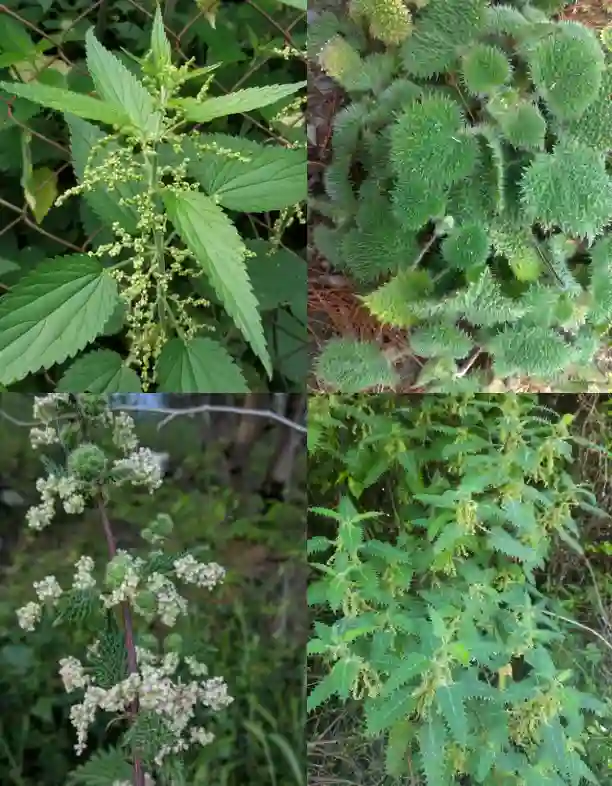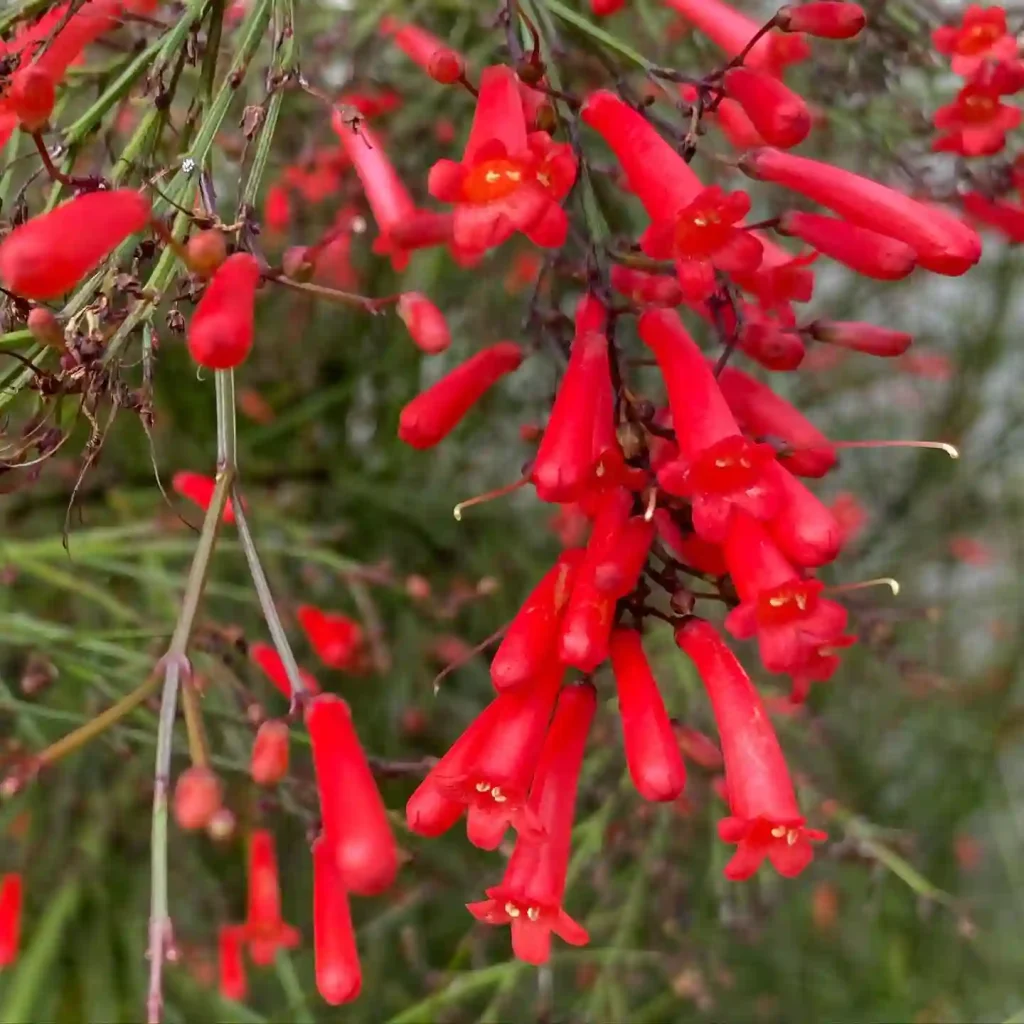
November 9 – Myrica
"Myrica, the bayberry plant, defines November 9."
Myrica symbolizes harmony and resilience. You have a calming presence that brings peace to those around you. Like the bayberry’s ability to thrive in challenging environments, you adapt gracefully and maintain your balance through life’s ups and downs.
Myrica: A Plant Genus Close to My Heart
As a botanist, I’ve always been fascinated by the diversity and resilience of plant life. One genus that has particularly captured my attention is Myrica, belong to the Myricaceae family, a group of shrubs and small trees with a global presence. From the windswept coasts of Europe to the mountainous regions of Asia, these unassuming plants have carved out a niche for themselves in a variety of ecosystems.
I first encountered Myrica during a field trip to the Scottish Highlands. The air was thick with the scent of bog myrtle (Myrica gale), its fragrant leaves releasing their aroma as we brushed past. This encounter sparked a curiosity that has led me to study these plants in greater depth.
What Makes Myrica Special?
Myrica plants are characterized by their simple, aromatic leaves and their ability to thrive in nutrient-poor soils. This is thanks to their symbiotic relationship with nitrogen-fixing bacteria that live in their roots. These bacteria convert atmospheric nitrogen into a form that the plants can use, allowing them to grow in places where other plants struggle.
Many Myrica species are also notable for their fruits, which are often coated in a waxy substance. This wax has been traditionally used for candle making, giving rise to the common name “wax myrtle” for some species.
A Diverse Genus
The genus Myrica encompasses a wide range of species, each with its own unique characteristics and adaptations. Here are:
- Myrica gale (Bog myrtle): This deciduous shrub is common in wetlands and bogs across the Northern Hemisphere. Its leaves are used as a flavoring agent in traditional beverages and as an insect repellent. – Plant FAQs: Myrica Gale
- Myrica cerifera (Southern wax myrtle): This evergreen shrub is native to North America and is known for its waxy berries. It is often used in landscaping and for erosion control. Plant FAQs: Wax Myrtle – Myrica Cerifera – Southern Bayberry – Candleberry
- Myrica faya (Faya tree): This evergreen tree is native to the Canary Islands and is considered an invasive species in some parts of the world. It is known for its ability to fix nitrogen and alter soil chemistry.
- Myrica rubra (Chinese bayberry): This evergreen tree is native to East Asia and is cultivated for its edible fruits. The fruits are sweet and tart and are often used in jams, jellies, and beverages. – Plant FAQs: Myrica Rubra – Chinese Bayberry
- Myrica esculenta (Box myrtle): This evergreen shrub or small tree is native to the Himalayas and is cultivated for its edible fruits. The fruits are similar in appearance to raspberries and are eaten fresh or used in preserves.
- Myrica adenophora Hance
- Myrica arborea Hutch.
- Myrica brevifolia E.Mey. ex C.DC.
- Myrica cacuminis Britton & P.Wilson
- Myrica californica Cham.
- Myrica caroliniensis Mill.
- Myrica chevalieri (Parra-Os.) Christenh. & Byng
- Myrica chimanimaniana (Verdc. & Polhill) Christenh. & Byng
- Myrica cordifolia L.
- Myrica dentulata Baill.
- Myrica funckii A.Chev.
- Myrica goetzei Engl.
- Myrica hartwegii S.Watson
- Myrica holdridgeana Lundell
- Myrica humilis Cham.
- Myrica inodora W.Bartram
- Myrica integra (A.Chev.) Killick
- Myrica integrifolia Roxb.
- Myrica interrupta Benth.
- Myrica javanica Blume
- Myrica kandtiana Engl.
- Myrica kilimandscharica Engl.
- Myrica kraussiana Buchinger
- Myrica lindeniana C.DC.
- Myrica meyeri-johannis Engl.
- Myrica microbracteata Weim.
- Myrica mildbraedii Engl.
- Myrica nana A.Chev.
- Myrica parvifolia Benth.
- Myrica pavonis C.DC.
- Myrica pensylvanica Mirb.
- Myrica phanerodonta Standl.
- Myrica picardae Krug & Urb.
- Myrica pilulifera Rendle
- Myrica pringlei Greenm.
- Myrica pubescens Humb. & Bonpl. ex Willd.
- Myrica punctata Griseb.
- Myrica pusilla Raf.
- Myrica quercifolia L.
- Myrica rotundata Steyerm. & Maguire
- Myrica salicifolia Hochst. ex A.Rich.
- Myrica serrata Lam.
- Myrica shaferi Urb. & Britton
- Myrica singularis Parra-Os.
- Myrica spathulata Mirb.
The Importance of Myrica
Myrica plants play a vital role in their respective ecosystems. Their ability to fix nitrogen enriches the soil, making it more hospitable for other plants. They also provide food and shelter for a variety of animals.
Humans have also benefited from Myrica for centuries. In addition to their traditional use in candle making, these plants have been used for medicinal purposes, as a source of dyes, and even in the production of incense.
Looking Ahead
As a botanist, I believe that Myrica plants hold great potential for future research and applications. Their ability to thrive in nutrient-poor soils could be valuable in restoring degraded ecosystems. Their unique chemical compounds could also have applications in medicine and agriculture.
I am excited to continue my study of Myrica and to contribute to our understanding of these fascinating plants. I believe that by appreciating and protecting the diversity of plant life, we can ensure a healthier and more sustainable future for all.
If i die, water my plants!



